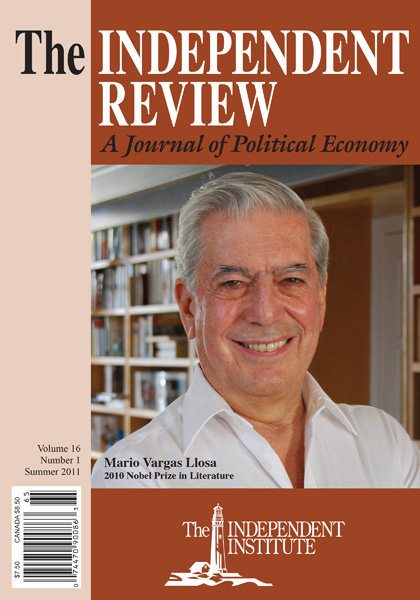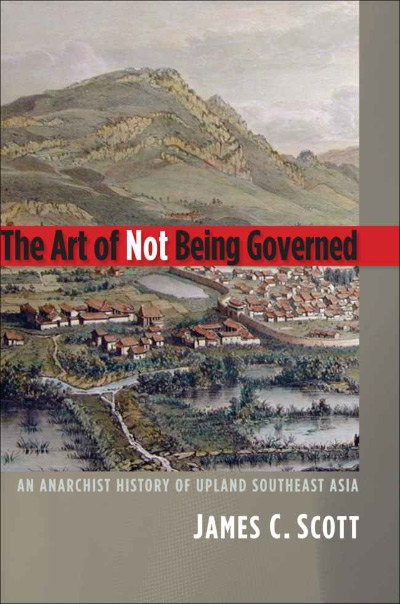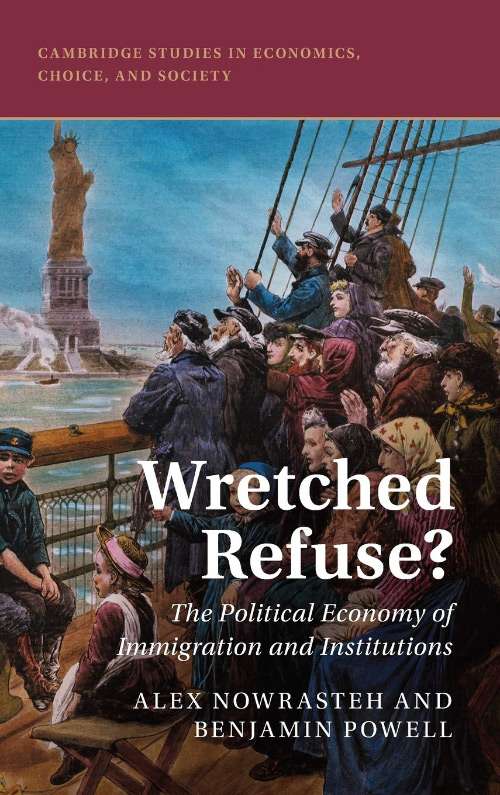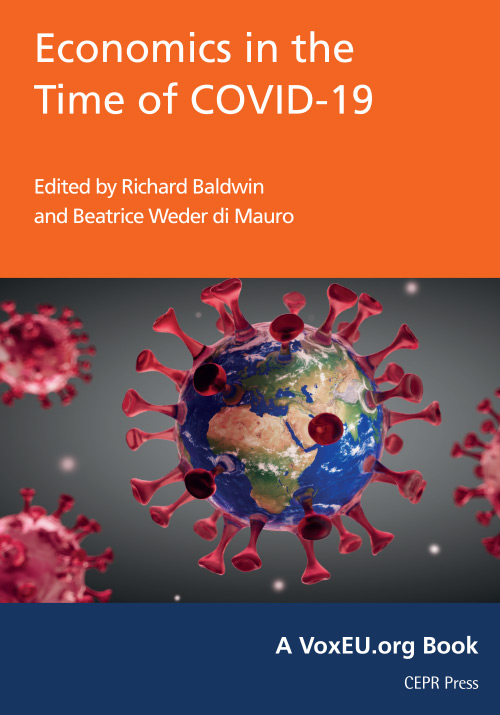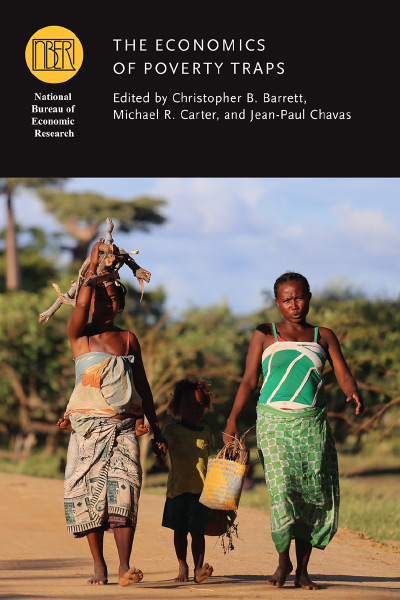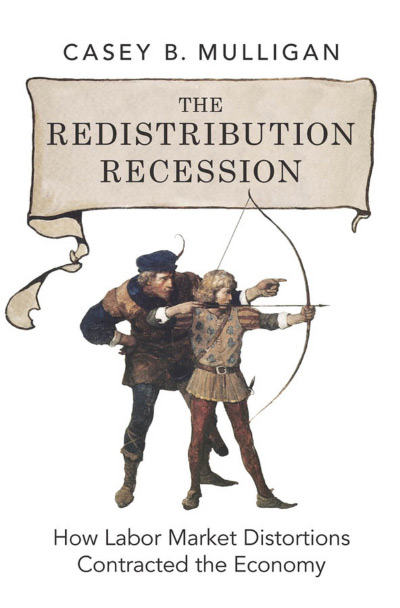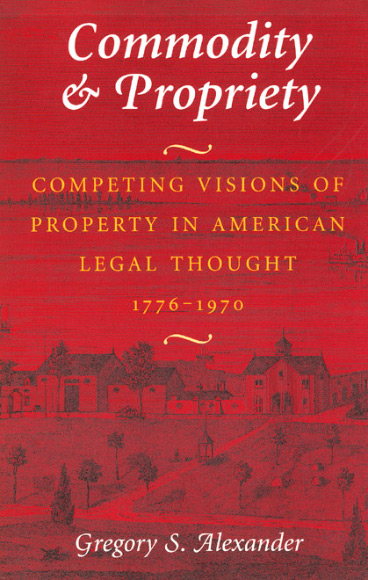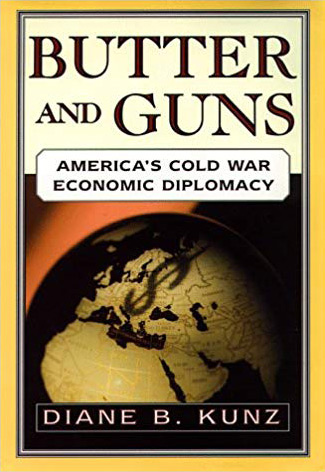Until only a few centuries ago, much of the earth was still inhabited by the stateless. Nomadic herders, shifting cultivators, itinerant fisherfolk, and hunter-gatherers were almost everywhere beyond officialdom’s reach. What was it like to be stateless in the era of the state? How did stateless people see, understand, and deal with states and their claims? Anyone interested in this sort of question will want to read political scientist James C. Scott’s “anarchist history” of the Southeast Asian massif, a work focused on shifting cultivators.
Scott’s provocative thesis is that the uplands communities of Southeast Asia (bearing the ethnic labels “Hmong,” “Karen,” “Kachin,” “Yao,” and many others) are for the most part descended not simply from lowland farmers (a now wellaccepted idea), but from people who fled the lowland state. Scott holds that the whole of the massif, stretching from northeastern India through southern China and much of mainland Southeast Asia, should be seen as one large “shatter zone”—a place to which one after another breakaway component of state-dominated society (but perhaps also many lone refugees) repaired in defense. Here, people who had reduced but not yet eliminated their vulnerability to state violence and parasitism reorganized every aspect of their lives—their material livelihoods, their social organization, their very cultures—so as to be forever inaccessible to the social force that had harmed them. Other state peripheries Scott offers in broad comparison include the “maroon” territories of highlands Jamaica and the steppes on which runaway Russian serfs became the peoples known as the Cossacks.
Scott’s argument that the massif’s communities had an antistate design is detailed. Most people, he notes, practiced (as they still do) a kind of “escape agriculture.” Shifting cultivation (swidden or “slash and burn” farming) presented a moving target, and enormous mixes of cultivars set up an impossible task for systematic taxation. Many of their crops matured quickly (thus were difficult to “catch” for assessment), could be harvested on a staggered schedule, or were grown underground (yams and cassava could even be left for a while, “hidden,” after maturation). If an aggressor thought to force changes on a hill community or perhaps to appropriate its labor, he would encounter “escape social structure”: neither specific lineages nor individuals had distinctly superior status (thus, there were no obvious persons who might serve as authority’s agents); moreover, the very idea of countenancing social and political hierarchy was often locally hateful. Finally, because records and writing skills would have aided any collaborators who managed to emerge, Scott speculates that the highlanders’ lack of sophisticated writing traditions (they used some written symbols only for certain magical purposes) represented strategy. Because highlands folklore holds that such traditions at one time existed, he suggests that originally a few members of some groups were indeed literate, but for safety’s sake literacy was allowed to die.
In this context, nomadic mixed farming, quite apart from its inaccessibility to the state, is superior to an intensive farming monoculture in its returns to labor, nutritional consequences, and sheer reliability. It requires only that enough land be available (even if it is steep) and that people control their numbers. It generally favors a flexible, decentralized social structure. Scott’s idea, however, is that the security advantages of this life attracted even some in-migrating groups whose original scale, structure, and technical strengths favored sedentary farming (pursuable in the hills) and stronger elements of hierarchy. Thus, only his thesis of an abandonment of literacy is obviously thin as offered—because he posits earlier literacy on the basis of folklore and holds that it must have been limited to a few (making it possible that few literates ever migrated at all). He has erred, however, regarding the history of writing in the lowlands: in most of mainland Southeast Asia over much of the precolonial era, the use of writing was widespread, for poetry and for the recording of debts. Males learned to write in schools run by Theravada Buddhist monks, and females (probably most of those lowlanders who traded and kept records) seem to have been instructed at home. (See, for example, Anthony Reid, Southeast Asia in the Age of Commerce, vol. 1 [New Haven, Conn.: Yale University Press, 1988], 222–25.) Because neither poetry nor trade disappeared with migration, and because arriving traditions of literacy might easily have spread to the originally illiterate, the absence of full-fledged writing is in fact striking.
Scott’s idea of an antistate social design maintained for centuries (entered into repeatedly by each new group or individual migrant) is thus coherent and plausible provided that the state has always been a threat to the hills. Here, however, a problem arises: contrary to his apparent assumption, it is not clear that most states prior to our era (that is, prior to the past century or so) desired either to end hill swiddening or to appropriate hill labor. One certainly cannot infer a desire to sedentarize hill swiddeners from some flatland policies discouraging swiddening. As he himself notes (pp. 69, 106, 107, 109), any state in precolonial Southeast Asia was vitally interested in long-distance trade, especially the trade in forest products (resins, aromatics, medicinals, and others) located, extracted, and then traded to the lowlands by hill foragers and swiddeners. Thus, far from working to abolish such groups, the state needed to make sure that all of the key ecological niches in nearby hills hosted them.
Nonetheless, Scott does identify a state problem: state making in the hills. This problem occurred as some hill lineages’ achievements in trade or in banditry and slave raiding led them to make bold claims on the services of others (those who had worked with them or who sought their goodwill). Scott briefly discusses the discord and acts of resistance this sort of thing sparked. The mobility of “escape agriculture” enabled secessions; the sheer offense taken sometimes led to violence. “State prevention,” it emerges beyond question, was a hill-country institution. (It is not obvious how the maintenance of an overwhelmingly oral culture might have supported this institution, but because would-be petty monarchs were apparently always arising and might even succeed for a time, I suggest that familiarity with lowland taxation of transport [concerning which see Anthony Reid, Southeast Asia in the Age of Commerce, vol. 2 (New Haven, Conn.: Yale University Press, 1993), 53–54] as well as a sense of the role of writing in taxation machineries might offer an answer.)
However, Scott’s thesis entails more than the idea that the threat of the state (if only nascent hill states) shaped highland life and culture. He also maintains that most people who migrated into the hills were fleeing the state. Although at some points he manifests a tendency to see almost any migration from the lowlands as flight from state civilization, for the most part he sensibly emphasizes wars and taxes as the mechanisms of “shattering.” Did state coercion and violence (including interstate violence) push people onto the massif? The theoretical logic Scott offers for this proposition is spare (although not necessarily incorrect): he holds that although any state in precolonial Southeast Asia originally worked to attract people, it later drove them away with escalating taxes. The factors offered to account for this flight are information problems created by untrustworthy officials and local notables, utter commitment to a steady income (whatever the vagaries of harvests), and monarchs’ occasional obsessions with grand projects. To compensate for the resulting outflow of taxpayers, states purchased or seized captives—the latter being the major purpose of war. Scott identifies escape from war itself and from military service as additional causes of flight.
Whether this model of state-induced population movements requires net outmigration from the typical state’s territory is, without specification of parameters, unclear. Moreover, it is unclear that out-migration had to contribute to the uplands. There were in fact large stateless zones in the lowlands themselves (including marshes and swamps), and a state’s people might flee into the domains of flatland tributaries and even to other kingdoms. Scott identifies communities that relocated during wars, but it is difficult to know how common such relocation was. He has good evidence that many troops ran away from battle—but how many to the hills? However, it is perfectly clear (Scott even insists) that much hill-bound migration was entrepreneurial—that a movement into hill swiddening often had to do with that lifestyle’s complementarity with forest-based search activity, serving the long-distance luxury trade. Thus, as the luxury trade steadily grew over the centuries, so did hill swiddening. This kind of growth plainly might have been the dominant way in which the hills were peopled.
But what matters, surely, is what Scott has made clearest: for something close to a millennium, a vast market-oriented swath of the earth flourished in proximity to and held in contempt the state—which it was actually organized not to create. Simply bringing this extraordinary fact to everyone’s attention makes Scott’s contribution invaluable.
| Other Independent Review articles by Thomas J. Thompson | |
| Winter 2005/06 | An Ancient Stateless Civilization: Bronze Age India and the State in History |

